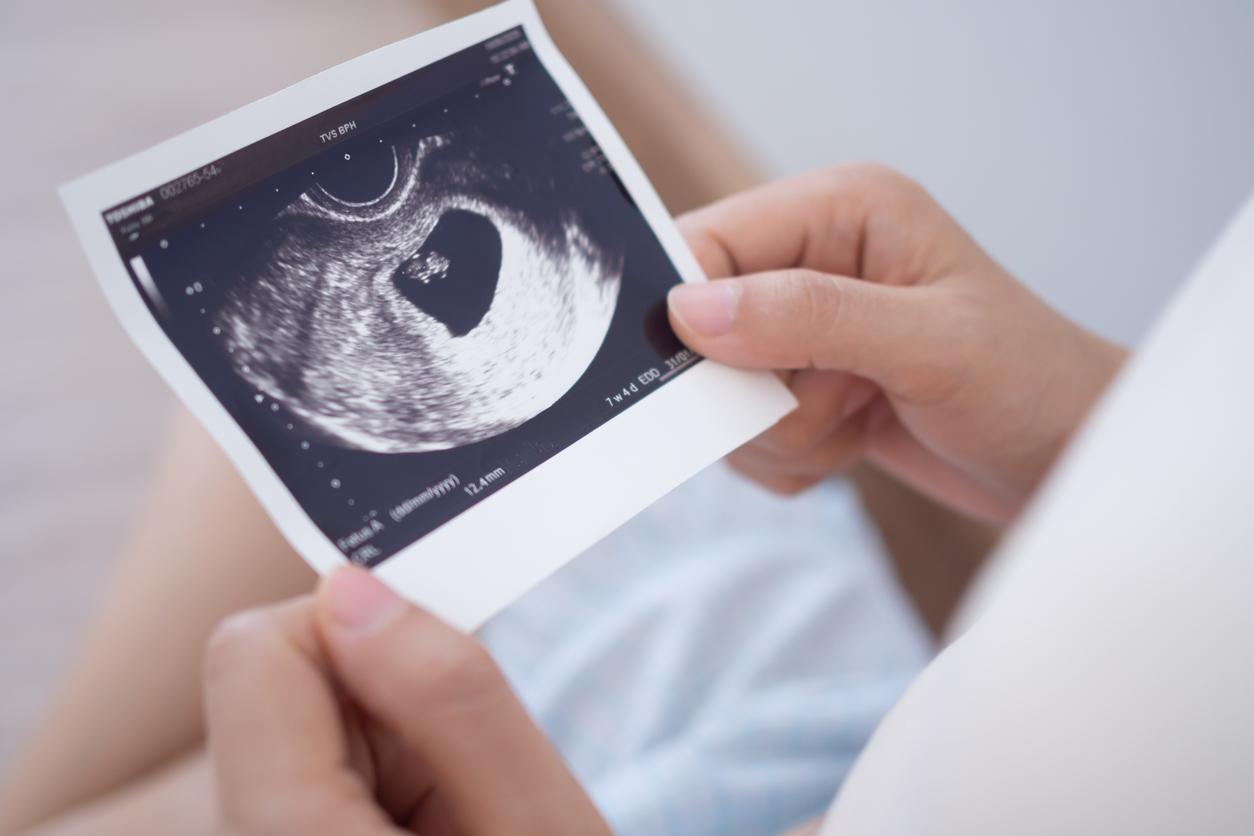A decline in the fertility of Neanderthals could explain this mystery.

The disappearance of Neanderthals is the subject of many theories. According to one new study, published in Plos One, a decline in the fertility of Neanderthals could explain this mystery.
“A slight (-4%) but continuous decline in the fertility rate of young Neanderthals could have had a significant impact, and hastened their disappearance”, write the authors. To reach these conclusions, the team relied on a mathematical model capable of developing demographic scenarios over a period of 10,000 years.
For younger women
The scientists also eliminated certain hypotheses, such as an increase in mortality linked to conflicts or epidemics. “It would have led to a too rapid disappearance of the Neanderthal population!”, indicates to theAFP Silvana Condemi, anthropologist at the University of Aix Marseille and co-author of the study.
“On the other hand, a very slight drop in fertility, but exclusively for the youngest women, makes it possible to obtain the disappearance of the population within the known times. This drop in fertility is very slight but it is sufficient over a long period of time to make disappear Neanderthal”, she explains. However, the causes of this decline in Neanderthal fertility remain unexplained.
Heavier and stockier
Neanderthals died out around 30,000 years ago, with the oldest fossils dating back 430,000 years. They lived in Europe, the Middle East and Central Asia. Particularly well adapted to a cold environment, Neanderthal Man was physically more robust, heavier and stockier than our species Homo sapiens. The oblong shape of his skull is distinctly different from that of modern humans, which are more globular.
The theories explaining his disappearance put forward climate change or even lesser intellectual capacities than those of Homo sapiens, with whom he shared the planet. From this cohabitation between the two species would have been born mestizos, the Eurasians of today still possessing between 1 and 3% of Neanderthal DNA.
.

















